Living Fossils: Animals That Outlived the Dinosaurs
Some animals have been around since the time of the dinosaurs—and they’re still thriving today! Known as “living fossils,” these creatures have barely changed over millions of years and continue to prove just how tough they are. Their ability to survive and adapt is nothing short of amazing. So, let’s take a closer look at these ancient survivors and find out what makes them so special!
Komodo Dragon
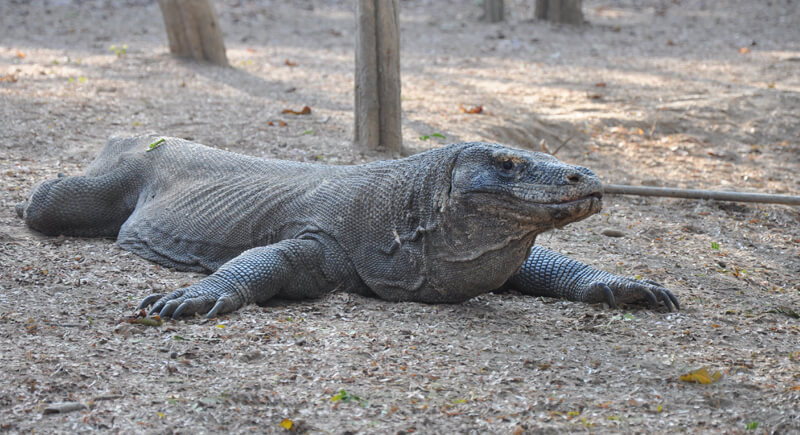
Credit: Wikimedia Commons
The Komodo dragons likely evolved in Australia and dispersed westward to Indonesia, reaching the island of Flores by approximately 900,000 years ago. These massive reptiles grow up to 10 feet long and take down prey much larger than themselves. Their over 4 million years of ancient lineage make them one of the world’s most fearsome living fossils.
Sandhill Crane
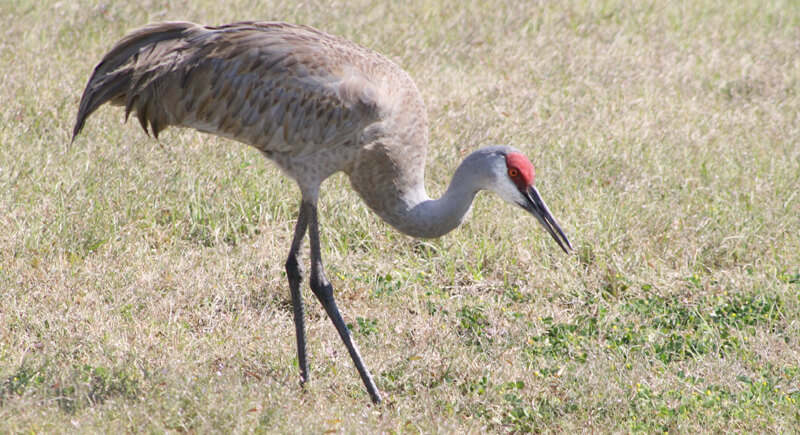
Credit: Wikimedia Commons
Graceful in flight and elegant on the ground, sandhill cranes have been soaring across North America for over 2.5 million years. Their fossils reveal striking similarities to their modern counterparts, and their design has stood the test of time. Their eerie calls echo across wetlands during migrations.
Aardvark
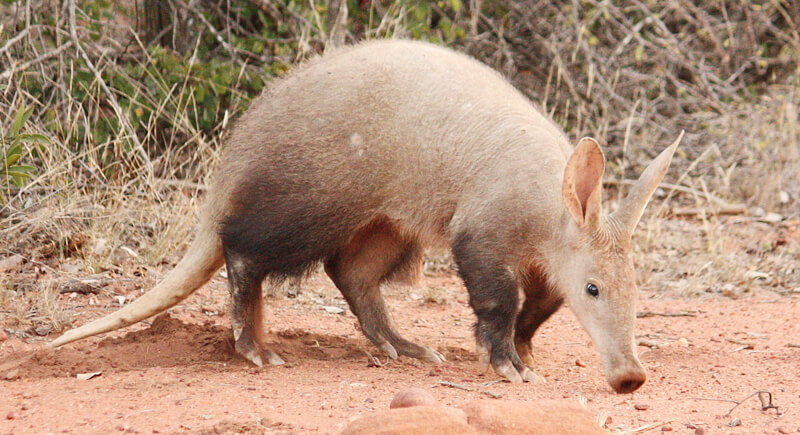
Credit: Wikimedia Commons
This mammal burrows through African soil under the cover of darkness with its long, sticky tongue to hunt for termites and ants. The nocturnal digger belongs to a lineage dating back 55 million years. With ears like rabbits, a snout like pigs, and powerful claws, the aardvark is truly an evolutionary oddity.
Red Panda
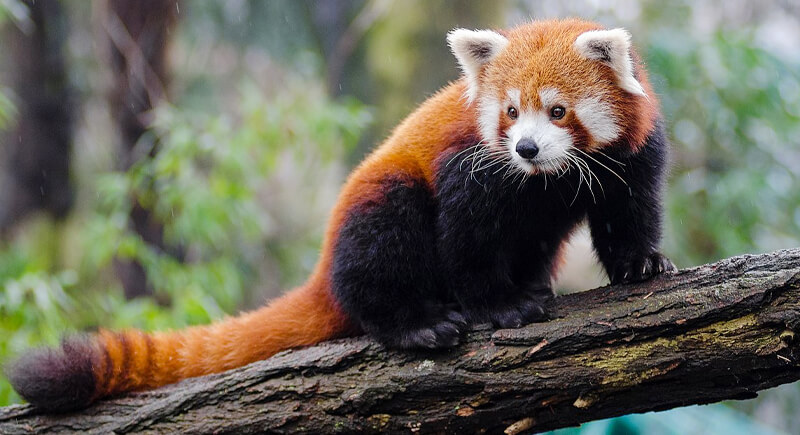
Credit: Wikimedia Commons
For around 5 million years, red pandas have perfected their bamboo-munching skills by climbing high into the trees of the Himalayas. Although their name suggests a connection to giant pandas, they’re more closely related to raccoons. The fluffy tails and masked faces of these acrobatic survivors give a rare glimpse into an ancient animal kingdom’s branch.
Tuatara
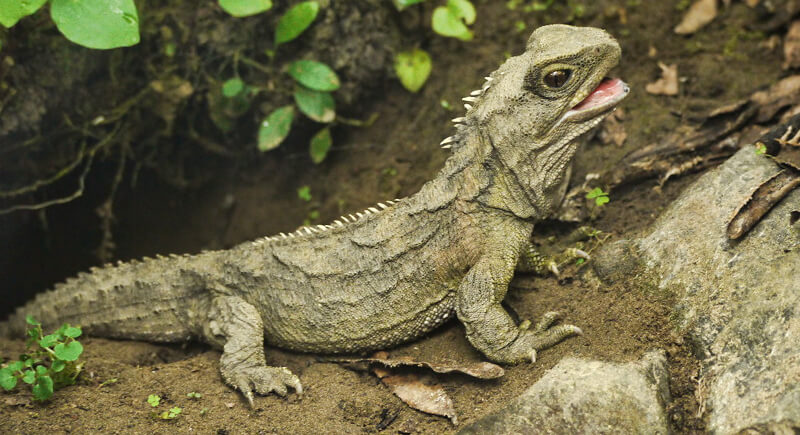
Credit: Wikimedia Commons
New Zealand’s tuatara isn’t a lizard, even if it looks like one. This reptile, which has barely changed in over 200 million years, belongs to a prehistoric order that once dominated the planet. Unlike modern reptiles, it has a third “parietal” eye on its head.
Nautilus
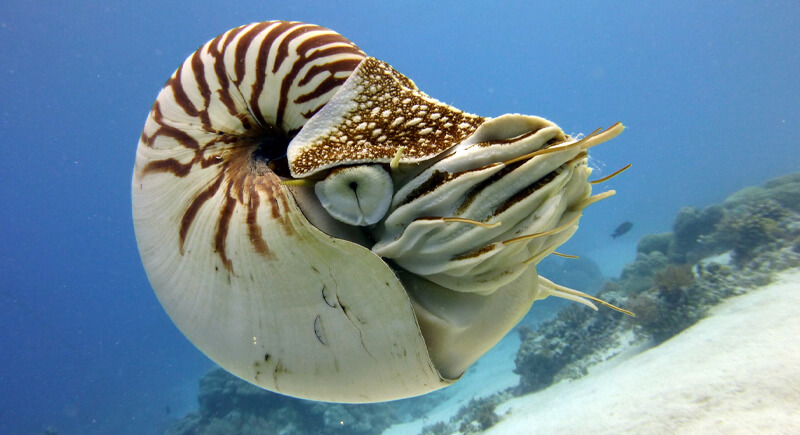
Credit: Wikimedia Commons
The nautilus has survived multiple mass extinctions over the past 500 million years while floating through the deep sea in a beautifully coiled shell. It lacks intelligence like its modern cephalopod relatives but compensates with a nearly indestructible evolutionary blueprint. Scientists call it a “living fossil” because it looks almost identical to its ancient ancestors.
Purple Frog
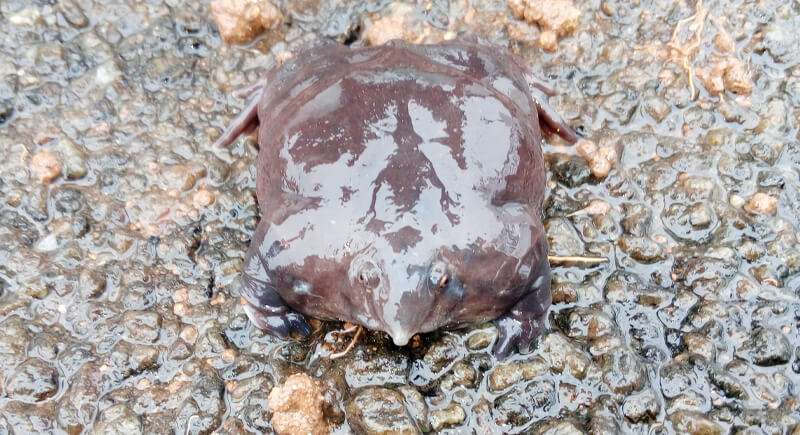
Credit: Wikimedia Commons
This amphibian spends most of its life underground. The purple frog emerges only for a few days each year to breed. It belongs to a family that split from other frogs about 130 million years ago. In terms of appearance, it has a bloated body and an odd-looking small head.
Platypus
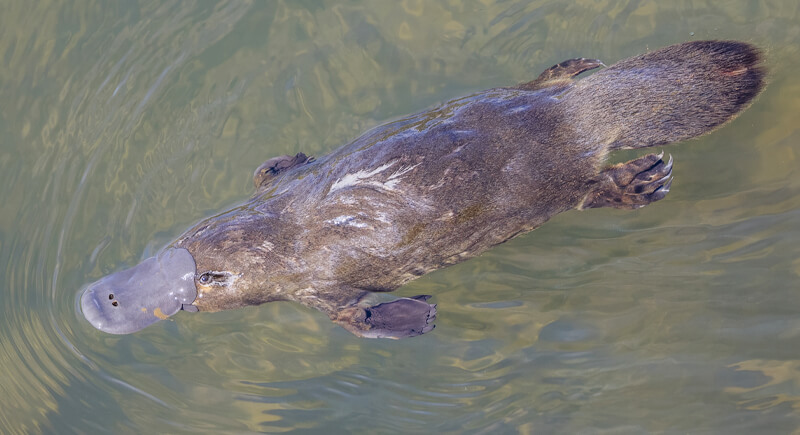
Credit: Wikimedia Commons
Talk about nature’s most eccentric experiment, and you have the platypus, a mammal that lays eggs, secretes venom, and uses electroreception to hunt underwater. This Australian oddity, which fuses reptilian and mammalian traits, has existed in its current form for over 19–48 million years. Fossils of its ancestors suggest it has barely changed.
Hagfish
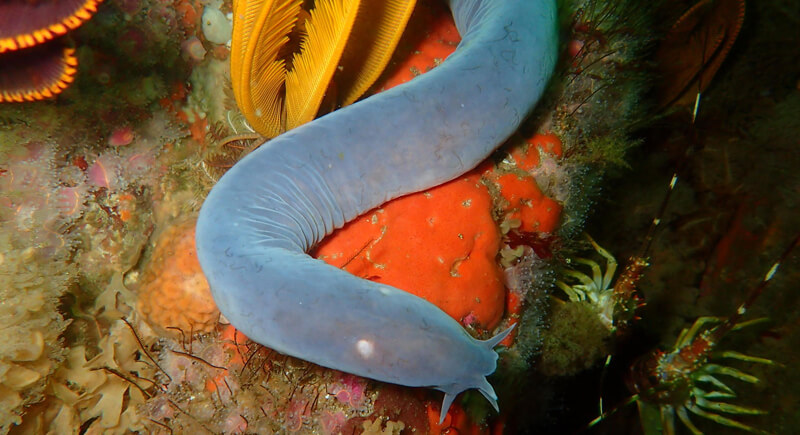
Credit: Wikimedia Commons
The hagfish is one of the world’s most primitive vertebrates, given that it oozes slime and feeds on decaying sea creatures. It has remained virtually unchanged for over 300 million years, lacking jaws but thriving as an ocean scavenger. This slimy creature’s survival tactic involves tying itself into knots to escape predators.
Hoatzin
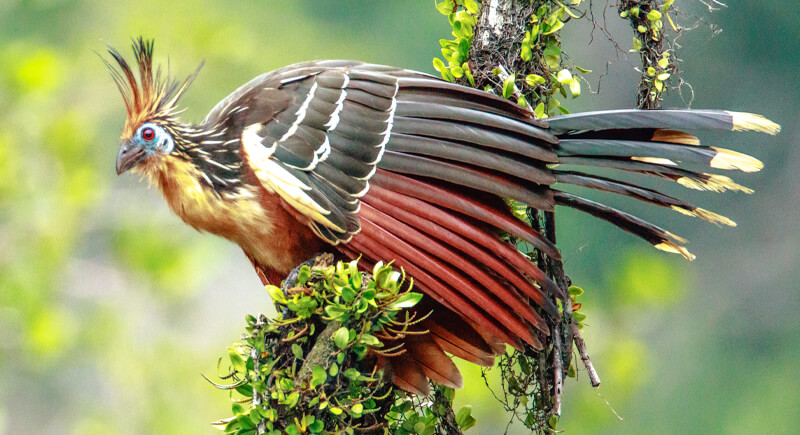
Credit: Wikimedia Commons
Deep in the Amazon rainforest, hoatzin chicks hatch with clawed fingers on their wings, an evolutionary trait seen in prehistoric birds. Scientists have debated its ancestry, but fossils suggest this leaf-eating bird has remained relatively unchanged for 36 million years. With its distinct odor and cow-like digestive system, this bizarre bird has earned the nickname “stinkbird.”
Koala
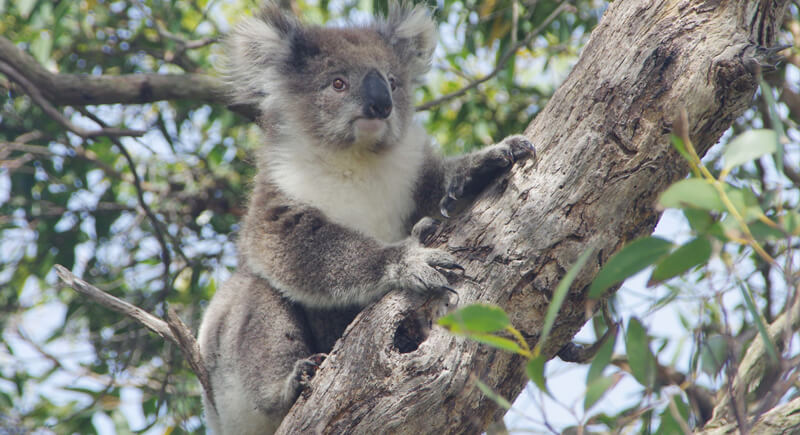
Credit: Wikimedia Commons
Koalas love clinging to eucalyptus trees and napping for most of the day. They have ancestors dating back at least 25 million years. Unlike other marsupials, their diet consists almost entirely of toxic eucalyptus leaves, which their specialized digestive system neutralizes. Their ancient lineage and slow-moving lifestyle make them one of Australia’s most iconic evolutionary relics.
Pig-nosed Turtle
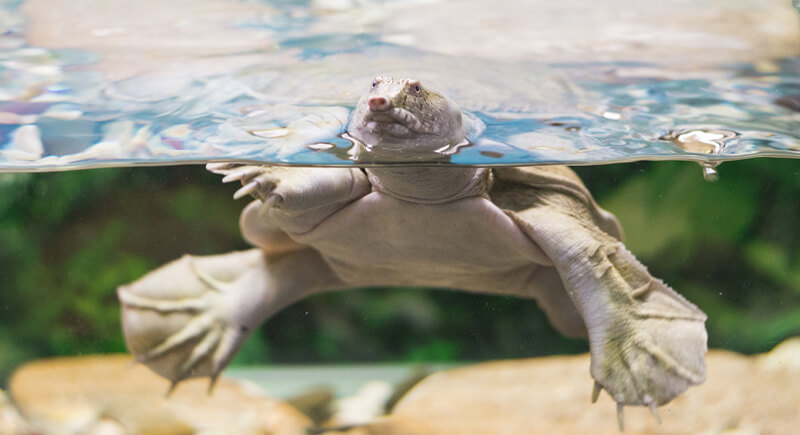
Credit: Wikimedia Commons
With flipper-like limbs and a snout resembling a pig’s nose, this freshwater turtle looks more like a sea creature than a river dweller. It’s native to northern Australia and New Guinea and has been around for over 140 million years while retaining primitive features.
Horseshoe Crab
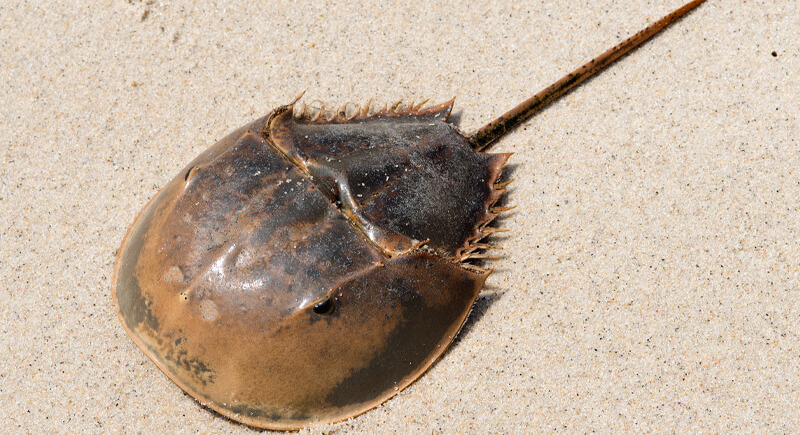
Credit: Wikimedia Commons
Long before dinosaurs existed, horseshoe crabs scuttled along ancient shorelines and survived for over 450 million years of Earth’s history. Their blue blood, vital to modern medicine, contains a unique compound that detects bacterial toxins. These prehistoric survivors with armor-plated shells and unchanged body structures face modern threats due to habitat loss and medical harvesting.
Goblin Shark
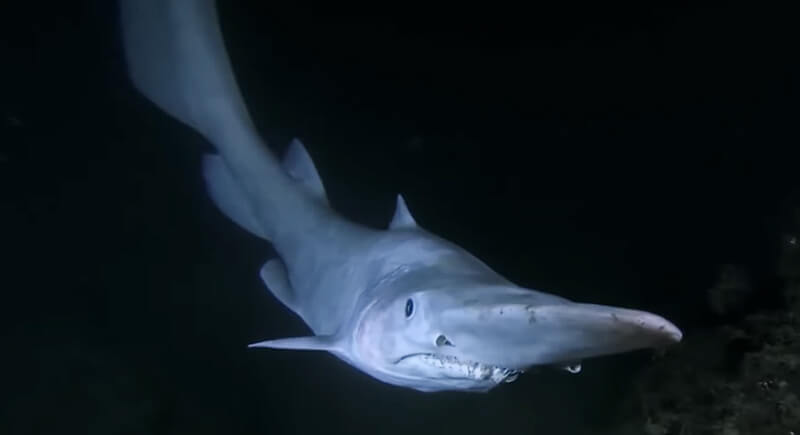
Credit: Youtube
That pinkish body and an extendable jaw are unmistakable in the deep sea, as the goblin shark is unlike anything seen in shallow waters. This bizarre-looking predator has a lineage dating back to around 125 million years and ambushes prey with lightning-fast jaw movements. Its eerie, almost alien-like appearance speaks to the deep ocean’s ancient mysteries.
Elephant Shrew
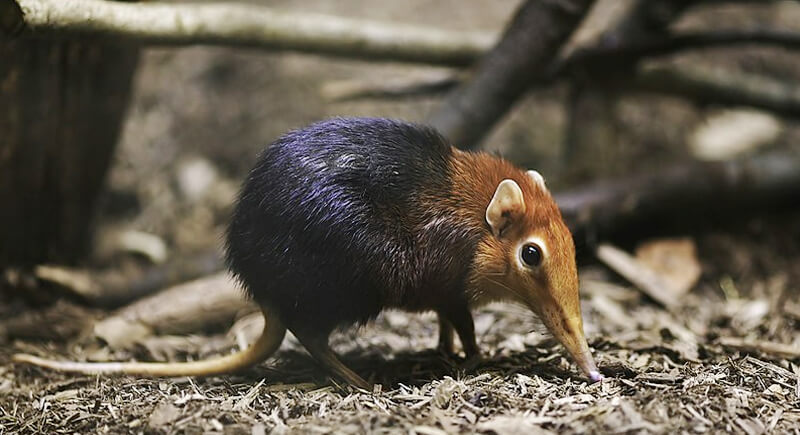
Credit: Wikimedia Commons
The elephant shrew belongs to a lineage that’s been around for more than 50 million years. Despite its name, it’s more closely related to elephants than to true shrews. The insectivorous mammal’s speed and keen senses help it survive in a world where predators have changed.
Crocodiles
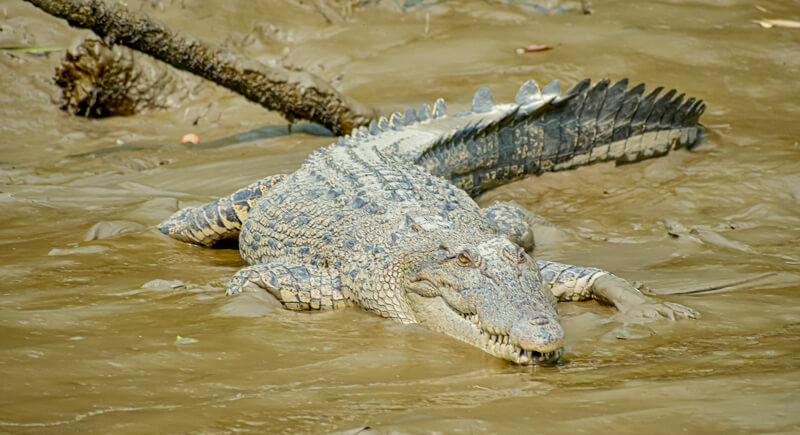
Credit: Wikimedia Commons
Crocodiles once shared the planet with dinosaurs and have remained apex predators for over 200 million years. Their powerful bite, armored bodies, and semi-aquatic lifestyle have allowed them to thrive while countless other species went extinct.
Coelacanth
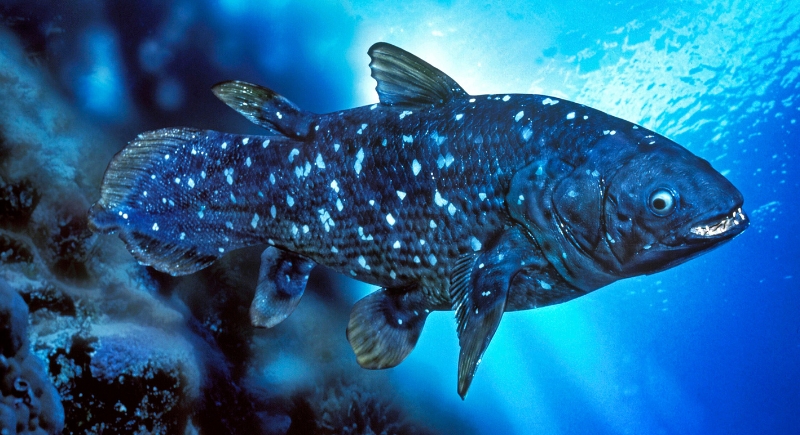
Credit: Getty Images
Once thought to be extinct alongside the dinosaurs, the coelacanth shocked scientists when it was discovered alive in 1938. This deep-sea fish has existed for approximately 400 million years, retaining lobed fins and internal organs unlike those of modern fish. Spotting one feels like meeting prehistory face-to-face.
Okapi
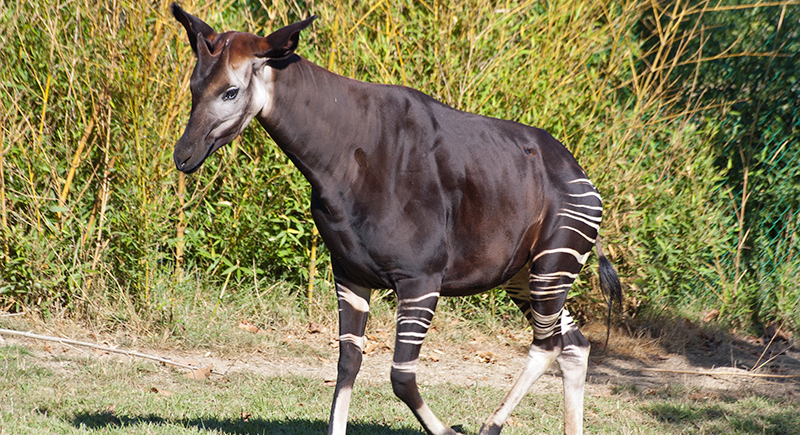
Credit: Wikimedia Commons
The okapi looks like a mashup of a zebra and a giraffe, which makes sense given its ancient lineage. Living deep in Central African forests, it has changed little over millions of years. Its shy behavior and unique body structure offer a rare glimpse into an early branch of mammal evolution.